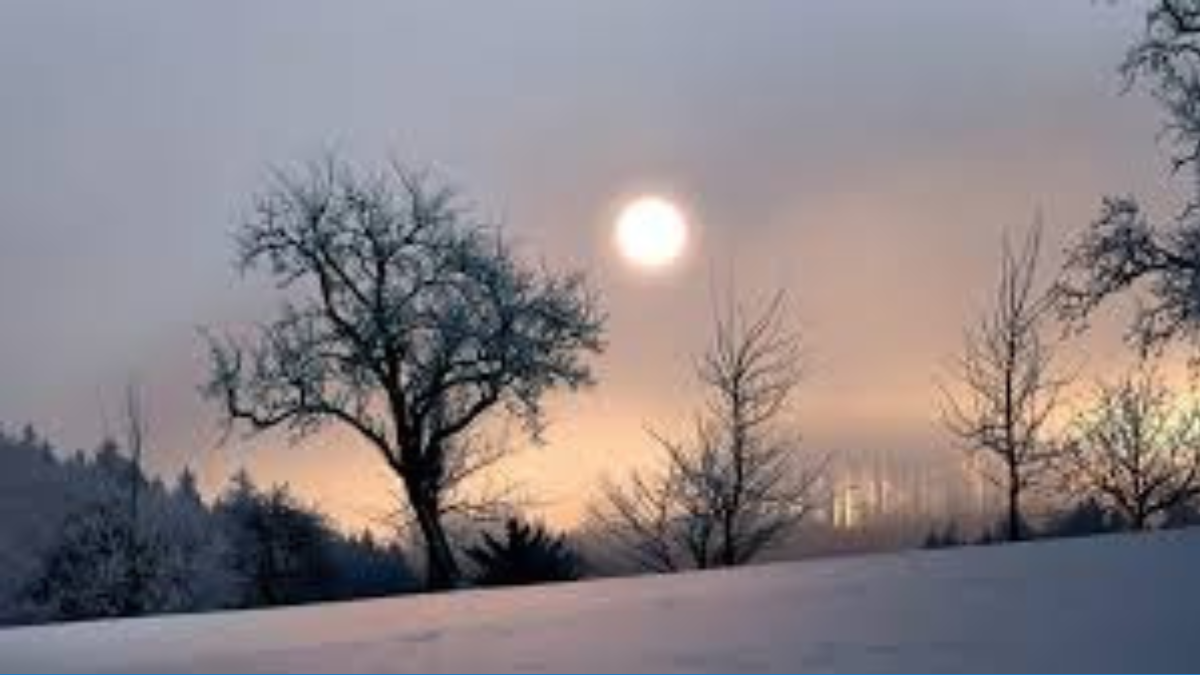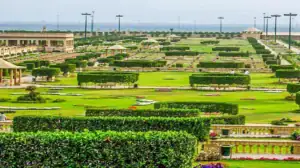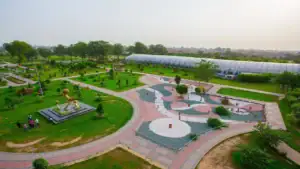The shortest day of the year in Pakistan happens annually during the Winter Solstice, marking the official start of winter in the Northern Hemisphere. In 2025, this important day will occur on December 22. On this date, Pakistan experiences the least daylight hours and the longest night of the year.
What Is the Winter Solstice?
The Winter Solstice occurs because of the Earth’s 23.5-degree axial tilt. During this time, the Northern Hemisphere — including Pakistan — tilts away from the Sun at its greatest angle. As a result, the Sun takes its shortest and lowest path across the sky, causing the fewest daylight hours and the longest night annually.
Following the solstice, daylight hours gradually increase, signaling the approach of spring and warmer weather.
Read More: Weather Alert: Windstorms and Rain Forecast for Parts of Pakistan
Daylight Duration on the Shortest Day in Pakistan
On December 22, 2025, Pakistan will experience roughly 10 hours of daylight and about 14 hours of nighttime. Exact sunrise and sunset times vary by location:
- In Karachi, the sun is expected to rise around 6:59 AM and set near 5:10 PM.
- In northern cities like Islamabad, daylight hours will be slightly shorter due to higher latitude.
These variations highlight the natural seasonal changes that occur during winter.
Why Is the Shortest Day Important?
The Winter Solstice holds significant scientific, cultural, and seasonal importance in Pakistan:
- It marks the start of winter, bringing cooler temperatures across the country.
- It signals the return of longer days as daylight hours slowly increase after the shortest day.
- It is celebrated through traditional festivals that emphasize renewal and the changing seasons.
Read More: Karachi Weather Alert: Hotter Days and Rising Heatwave Risk, Says Met Office
Cultural Festivals Celebrating the Shortest Day
Several regions in Pakistan observe festivals connected to the Winter Solstice:
- The Mayfung Festival in Baltistan takes place on December 21. This vibrant festival features lantern flying, bonfires, singing, and dancing, marking the end of the longest night and the start of longer days. It is rooted in ancient local and Tibetan traditions.
- The Lohri Festival, celebrated primarily in Punjab in January, is closely related to the winter solstice. Lohri involves lighting bonfires, singing folk songs, and eating traditional seasonal foods like gajak and til rice to welcome longer, warmer days.
What Happens After the Winter Solstice?
After December 22, daylight hours in Pakistan gradually increase each day. This continues until the Spring Equinox around March 21, when day and night are nearly equal, marking the beginning of spring and warmer weather.
Conclusion
The shortest day of the year in Pakistan, the Winter Solstice, is a key astronomical and cultural event. It marks the official start of winter and the slow return of longer daylight hours. Celebrations like the Mayfung and Lohri festivals enrich the cultural significance of this day, making it important both scientifically and socially. Keep visiting Bloom Pakistan
Stay aware of this natural cycle every December to connect with Pakistan’s seasonal and cultural heritage.
Read More: KP Burns: Heatwave Ignites Widespread Fires









